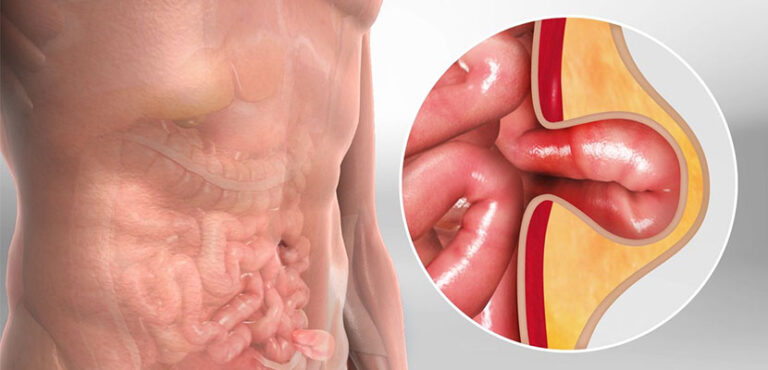Navigating the World of Hernia Surgery: Understanding, Treatment, and Recovery.
Hernias are a common medical condition that can affect people of all ages and backgrounds. When conservative measures fail to address the issue, surgery becomes a viable option. In this article, we will explore hernia surgery, shedding light on the different types of hernias, the surgical procedures involved, and what patients can expect during the recovery process.
To know More About It Please Click Here
Understanding Hernias
A hernia occurs when an organ or tissue protrudes through a weak spot in the surrounding muscle or connective tissue. The most common types of hernias include inguinal hernias (located in the groin), umbilical hernias (around the navel), and incisional hernias (resulting from a surgical incision). Hernias often cause discomfort, pain, and a visible bulge that may worsen with certain activities.
When is Surgery Necessary?
While not all hernias require surgical intervention, some may pose risks and complications that necessitate corrective measures. Indications for hernia surgery include persistent pain, the inability to push the hernia back into place, obstruction of the intestine, or the potential for strangulation, where blood flow to the herniated tissue is compromised.
Types of Hernia Surgery
- Open Hernia Repair:
- This traditional approach involves making an incision directly over the hernia site.
- The protruding tissue is pushed back into place, and the weakened muscle is reinforced with stitches or mesh.
- Open hernia repair is often recommended for larger hernias or when the surgeon deems it necessary.
- Laparoscopic Hernia Repair:
- A minimally invasive technique where small incisions are made, and a camera (laparoscope) and surgical instruments are inserted.
- The surgeon uses the camera to guide the procedure, and a mesh is often placed to reinforce the weakened area.
- Laparoscopic hernia repair is associated with shorter recovery times and less postoperative pain.
- Robotic-Assisted Hernia Repair:
- Similar to laparoscopic surgery but employs robotic arms controlled by the surgeon.
- Offers enhanced precision and dexterity, potentially leading to improved outcomes.
Recovery and Aftercare
Recovery from hernia surgery varies depending on the type of procedure performed and individual factors. Patients are typically encouraged to:
- Follow Postoperative Instructions: Adhering to guidelines on activities, medications, and wound care is crucial for a smooth recovery.
- Gradual Resumption of Activities: Patients should gradually resume normal activities as advised by their surgeon, avoiding heavy lifting and strenuous exercise initially.
- Monitoring for Complications: Keeping an eye out for signs of infection, excessive swelling, or worsening pain is essential, and any concerns should be promptly communicated to the healthcare team.
To know More About It Please Click Here
Conclusion
Hernia surgery is a common and effective solution for addressing hernias and alleviating associated symptoms. Advances in surgical techniques, such as laparoscopy and robotics, have contributed to reduced recovery times and improved patient outcomes. If you suspect a hernia or have been diagnosed, consulting with a healthcare professional will help determine the most appropriate course of action, ensuring a successful and well-supported recovery.



